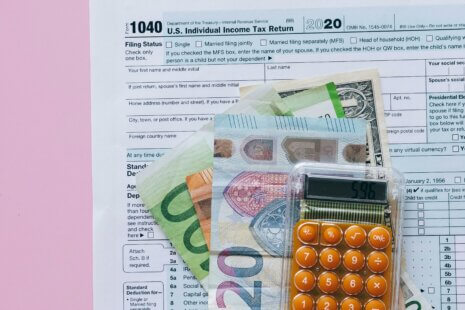The first step in the accounting cycle is to analyze and record transactions in the company’s accounting records. This step involves identifying and documenting all financial transactions that occur during a specific period, such as sales, purchases, expenses, and other business activities.
Here’s an overview of the first step in the accounting cycle
1. Identify Financial Transactions – The accounting cycle begins with identifying and documenting all financial transactions that occur within the company during the accounting period. Transactions can include sales of goods or services, purchases of inventory or supplies, payments to suppliers or employees, receipts from customers, expenses incurred, and any other business activities that involve the exchange of money or goods.
2. Source Documents – Transactions are supported by source documents, which provide evidence of the transaction and serve as a basis for recording it in the accounting records. Common source documents include invoices, receipts, sales orders, purchase orders, contracts, bank statements, and payroll records.
3. Recording Transactions in the Journal – Once financial transactions are identified and supported by source documents, they are recorded in the company’s journal. The journal serves as a chronological record of all transactions, with each entry including the date of the transaction, a description of the transaction, the accounts affected, and the amounts debited and credited.
4. Double-Entry Bookkeeping – Transactions are recorded using double-entry bookkeeping principles, which require every transaction to have at least two equal and opposite entries—an equal debit and credit. This ensures that the accounting equation (Assets = Liabilities + Equity) remains in balance and that the integrity of the accounting records is maintained.
5. Posting to the General Ledger – After recording transactions in the journal, the next step is to post them to the appropriate accounts in the general ledger. The general ledger contains individual accounts for each asset, liability, equity, revenue, and expense, and serves as the central repository for all financial data.
By accurately recording transactions in the accounting records, companies can maintain accurate and up-to-date financial information, track their financial performance, comply with regulatory requirements, and prepare financial statements for reporting purposes. The first step in the accounting cycle lays the foundation for the entire accounting process and is crucial for ensuring the integrity and reliability of financial information.




